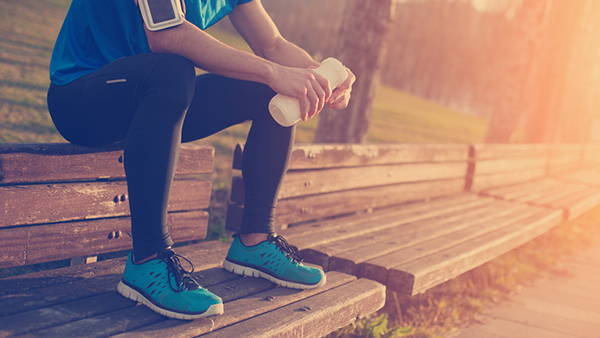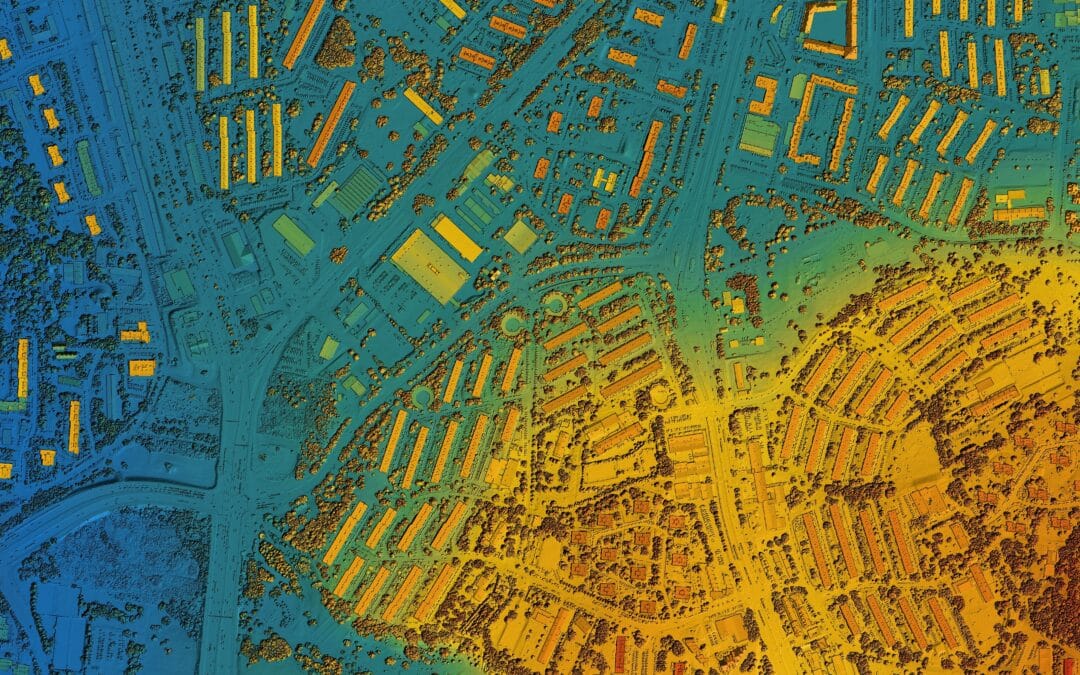According to a new report from the Global Wellness Institute, the number of “wellness-oriented residential, mixed-use, and commercial properties” has risen 6.4% each year since 2015. The Institute went on to predict that this trend would continue at the same pace through 2022. That real estate will have a cumulative value, the analysts said, of about $180 billion. At present, wellness real estate is a $134 billion global industry.
What is Wellness Real Estate?
Wellness itself is a $3.7 trillion industry that is, according to the report, growing faster than the global economy. Wellness real estate is defined as a “built environment [that] recognizes and has the potential to meet today’s immense health challenges.” Specifically, a structure may exist in a community that favors biking or walking over driving and riding or have features that encourage the resident to avoid a sedentary, indoor lifestyle.
Wellness real estate can be commercial or residential, and falls into five basic categories:
- Design
Buildings and developments address targeted needs and populations via design elements.
Examples include: Feng Shui, multigenerational living, active lifestyle design, and biophilic (nature-focused) design. - New Urbanism
Buildings and developments focus on improving walkability, bikeability, and mass-transit options.
Examples include: mixed-use developments, transit-oriented developments, and walkable communities. - Technology & Innovation
Structural design includes technology to enhance wellness.
Examples include: air filters, environmental sensors, and smart-home amenities. - Green & Sustainable Building
Building in sustainable, resource-efficient ways to minimize effects on the local environment and the planet.
Examples include: Energy Star-rated appliances, green certifications like LEED certifications, and eco-villages and -cities. - Wellness Lifestyle Communities
Planned communities that put human health and wellbeing at the center of housing and neighborhood design.
Examples include: walkable and bikeable neighborhood design, emphasis on amenities providing physical benefits, and “Fitwell” ratings on homes.
Read more about how Homebuyer’s and renter’s lifestyle preferences are changing to make health-conscious amenities more attractive in residential developments here.























0 Comments